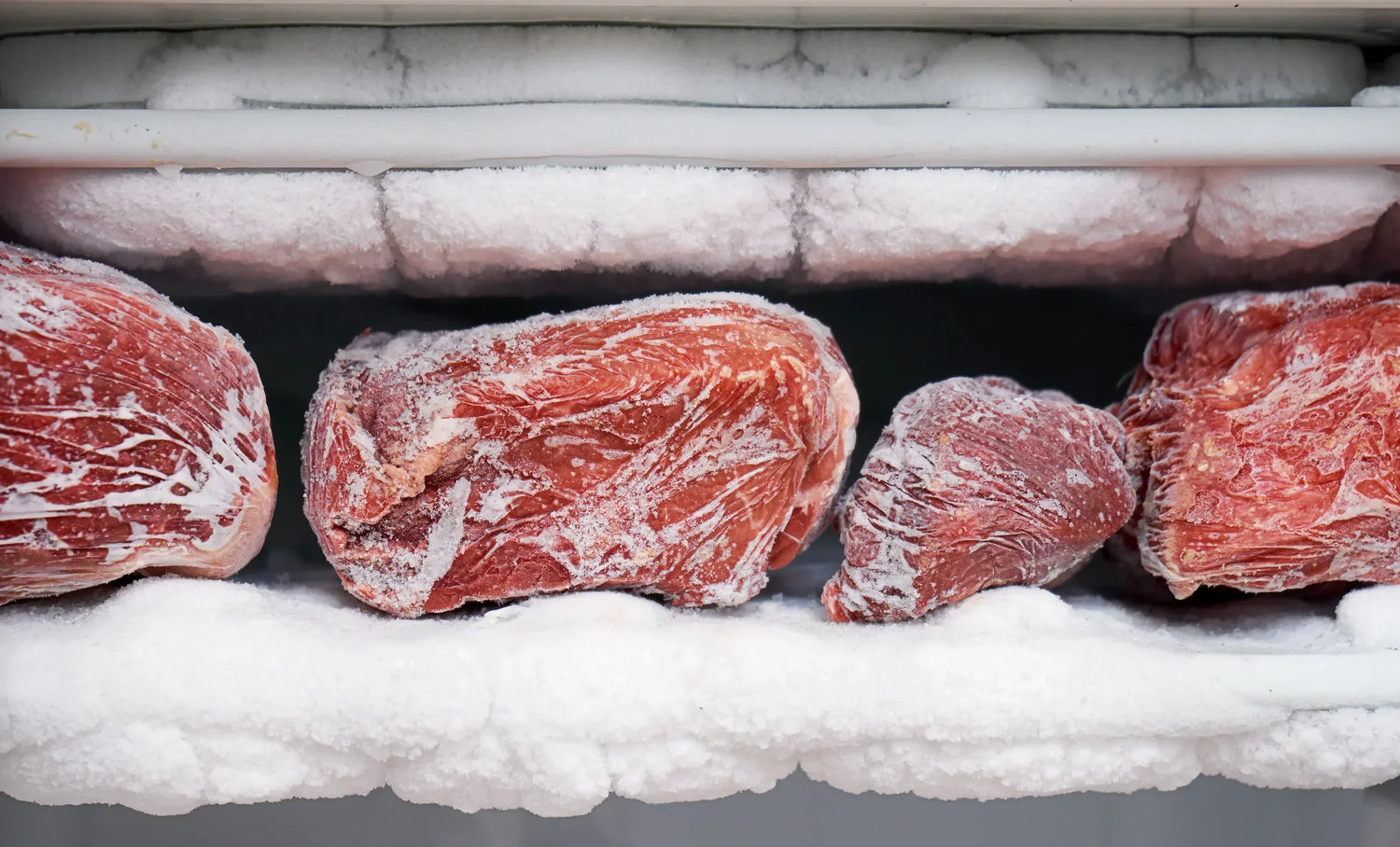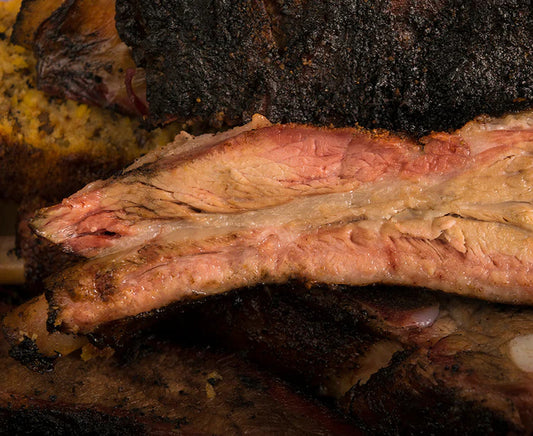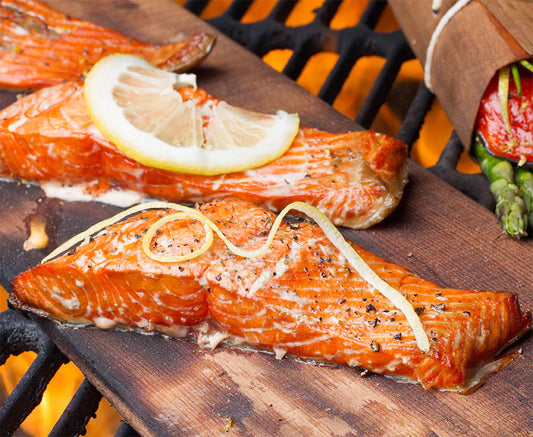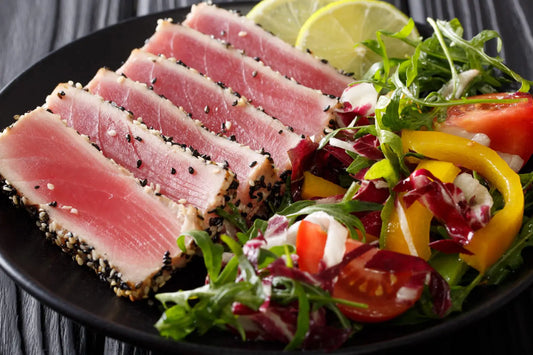Meat has become more and more expensive in recent years, so preserving has become a popular choice for households and even businesses. It’s important to remember that there’s a proper way of storing meat to keep it fresh and safe for cooking later on.
Freezing meat is a dilemma most home cooks face when preparing meat in large quantities. Ice crystals are formed when the meat freezes and, invisibly tears protein fibers apart removing the essential nutritional element of the meat. When you start thawing the meat, you will often see a lot of juice come out of it. This is caused by the fibers opening up as they can no longer hold in all the tasty juice in the meat. Freezing meat and then thawing it doesn’t have to sacrifice flavor if you do it correctly.
Freezing the Meat
The purge is the term most professionals use to refer to the process of juices coming out of frozen meat. Once these juices and their protein elements were extracted, there’s no way of restoring them. You lose not only the flavor from the meat, but you also lose a significant amount of its nutritional value. The great news is that there are helpful ways on how to keep from “purging” the meat.

Flash Freezing
Flash freezing the meat is one great strategy to counteract the effect of the purge on the meat. Using this process, you are able to freeze the meat quickly enough while keeping the crystals small. Flash freezing can be done using a combination of a pound of ice, one-third cup of water, and a half cup of salt.
To start the flash-freezing process, put the sealed meat into the ice water mixture for two to three hours, depending on the thickness of the cut. Through this process, you help quicken the chilling of the meat before placing it in the freezer. Also, if you can, put the chilled meat nearest the back of the freezer or wherever it can receive the most airflow.
This flash freezing method of storing meat will not completely keep the meat from growing ice crystals. It will, however, minimize the size of the ice crystals to likewise minimize the amount of juice and protein being extracted from the meat. The faster the meat freezes, the smaller the crystals become and the less the juices seeping out of the meat when thawed.
Deoxidizing
Another freezing method to keep the meat’s flavors is deoxidizing, the process of keeping oxygen out of the meat. Oxygen kills the meat, so removing all of it will help diminish odors, freezer burn, and discoloration. You will need a zip-lock bag to perform this method.
Put the meat inside a zip-lock bag, then manually remove the air using a straw. This will serve as your version of a DIY vacuum sealing without a vacuum machine. We’ve heard most people say sucking the air out of the zip-lock is very inconvenient, but of course, this method is not for the impatient. If you are a patient person you’ll find this method effective.
Using the zip-lock bag, place the meat inside it then put it in a big bowl of water. The water in the bowl will force the air out of the bag, and once done, you can seal it again. If you don’t have a zip-lock, you may also wrap the meat tightly in plastic wrap followed by wrapping it in foil. Then, put the wrapped raw meat in a freezer bag to take out more air from the meat.
Thawing
The ideal method for thawing meat is allowing it to thaw slowly inside the fridge. This gradual process of thawing will only need 24 hours for thin cuts, while it could take a day or two for larger cuts. This method, however, consumes more time than actual cooking and, if not taken care of properly, could result in the meat growing some bacteria.
You don’t have to worry because there are much faster methods for thawing meat which will give you more time to prepare it for cooking.

Cold Water
One popular way is by placing the wrapped raw meat in a bowl of cold water. Smaller and thinner cuts will take about an hour to thaw, while larger cuts will take up to four hours. The water used for thawing will need to be refreshed every 30 minutes to keep bacteria from multiplying.
Microwave
Thawing the meat in the microwave is a great method. Make sure you cook the thawed meat right away and never put it back in the freezer unless it’s cooked. If you’re really in a hurry, you can cook your meat in its frozen state, but the cooking time will increase by up to 50%.
For more great ideas on how to get the most of your Bradley Smoker, check out the awesome articles on our Bradley Smoker Food Smoking Blog for more tips & tricks.




